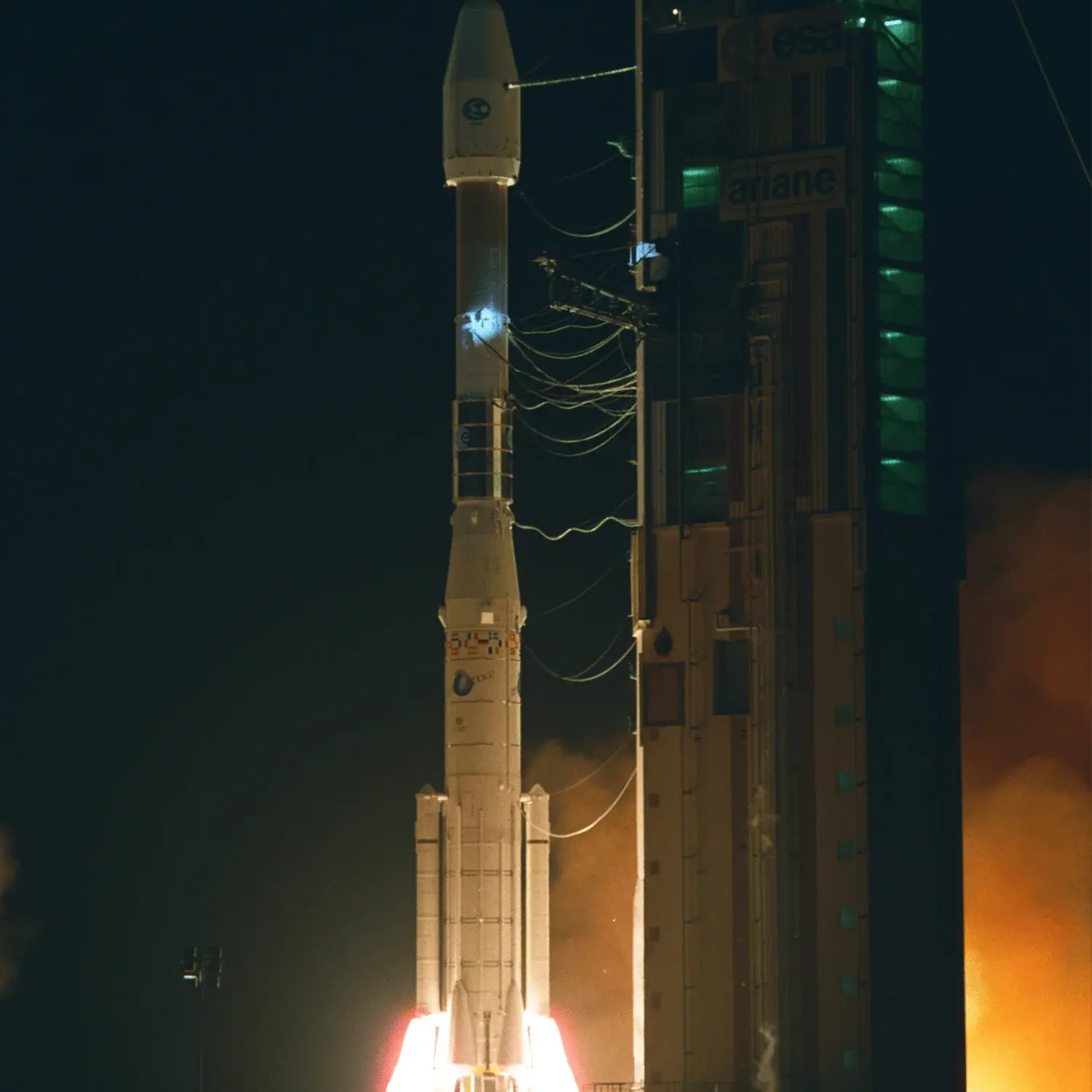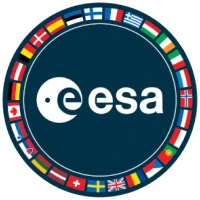SPOT-5 & IDEFIX
Launch Success
Liftoff Time (GMT)
01:31:46
Saturday May 4, 2002
Mission Details
Launch Notes
Last flight of Ariane 42P. Flight V151.
SPOT-5
SPOT (French: Satellite Pour l’Observation de la Terre, lit. "Satellite for observation of Earth") is a commercial high-resolution optical imaging Earth observation satellite system operating from space. It is run by Spot Image, based in Toulouse, France. It was initiated by the CNES (Centre national d'études spatiales – the French space agency) in the 1970s and was developed in association with the SSTC (Belgian scientific, technical, and cultural services) and the Swedish National Space Board (SNSB). It has been designed to improve the knowledge and management of the Earth by exploring the Earth's resources, detecting and forecasting phenomena involving climatology and oceanography, and monitoring human activities and natural phenomena. The SPOT system includes a series of satellites and ground control resources for satellite control and programming, image production, and distribution. Earlier satellites were launched using the European Space Agency's Ariane 2, 3, and 4 rockets, while SPOT 6 and SPOT 7 were launched by the Indian PSLV.
Sun-Synchronous Orbit
1 Payload
3,056 kilograms
IDEFIX
Idefix consisted of two independent picosat-sized, battery-powered communication payloads mounted on the ASAP platform on an Ariane-42P H10-3 third stage. Based on a prototype built in 2001, the IDEFIX payloads largely use cellular telephone techniques, components as well as energy-saving methods. The thermal approach is based on a total isolation concept. Payload IDEFIX 1 comprises a voice recorder featuring 18 messages in French, German, English, and Japanese. It also provides an 8 channels telemetry processor measuring light and battery voltages and temperatures. The 120 mW transmitter alternates messages and telemetry every 12 seconds on 145.840 MHz. Its prime goal is educative. Idefix 1 stopped transmitting after 32 days of operation. Payload IDEFIX 2 comprises the same items but, with its prime goal being instrumentation, it transmits telemetry every 20 seconds as well as a message every 110 seconds. Payload 2 telemetry transmits also mean light and temperature values, averaged over 10 and 90 minutes. Its higher power amounts to 1.2 W on 435.270 MHz. Idefix 2 stopped transmitting after 14 days of operation. Both payloads were battery-powered for an operational time of up to 40 days. IDEFIX has already performed its primary task to demonstrate and validate the 'Satellite's Last Stage' concept, showing the feasibility to use orbiting discarded last stages as low-cost carriers for experimental payloads, despite totally uncontrolled attitude and solar illumination conditions. After successfully reaching orbit, Idefix has been renamed BreizhSat. The two payloads got different OSCAR numbers and were called BreizhSat-OSCAR 47 (BO 47) and BreizhSat-OSCAR 48 (BO 48)
Sun-Synchronous Orbit
2 Payloads
12 kilograms
Rocket


Manufacturer
ESARocket
Diameter: 3.8m
Height: 58.72m
Payload to Orbit
GTO: 2,930 kg
Liftoff Thrust
4,334 Kilonewtons
Stages
3
Strap-ons
2
Launch Site
Stats
Ariane 4
112th
Mission
5th
Mission of 2002
European Space Agency
139th
Mission
6th
Mission of 2002
2002
21st
Orbital launch attempt